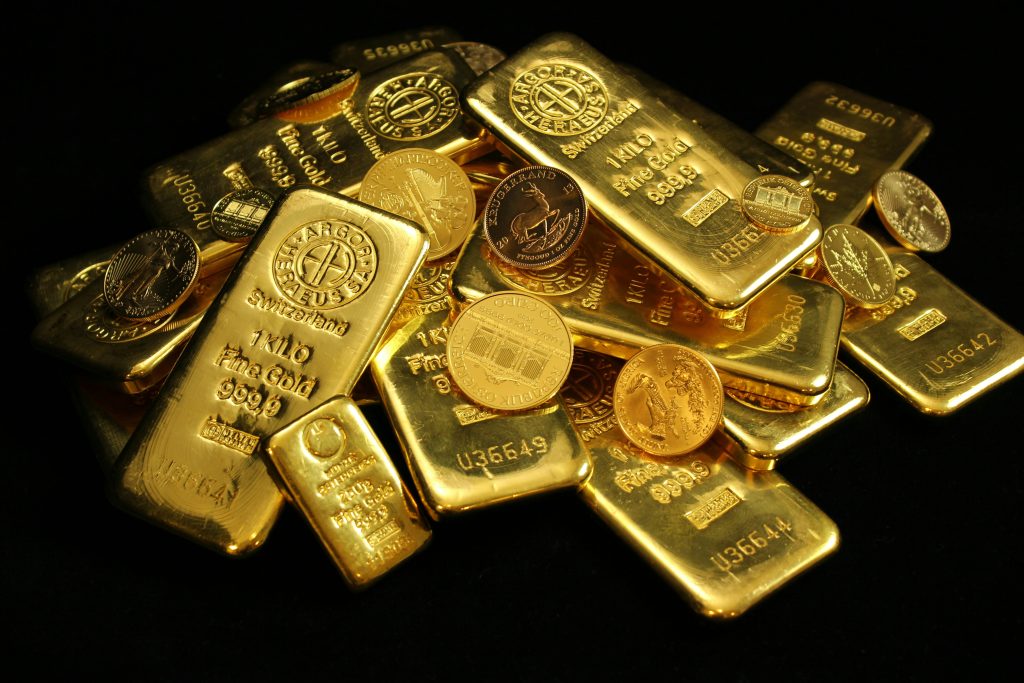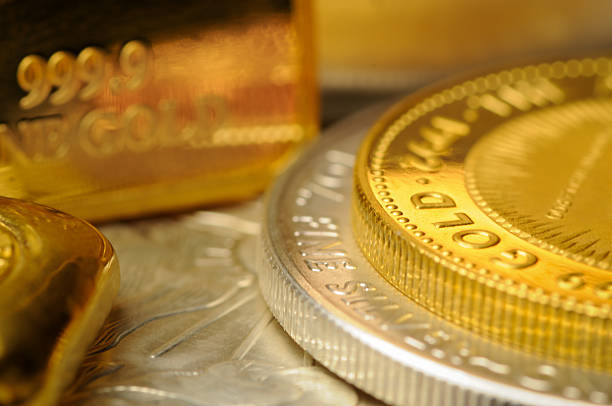Understanding the history of gold and silver provides insight into why these precious metals have been cherished and utilized for millennia. For anyone seeking to understand their enduring value, this journey through time is both illuminating and inspiring.
The Why of Gold and Silver
Gold and silver have always been more than mere commodities. They symbolize wealth, power, and beauty, and their allure is timeless. These metals are sought after not just for their practical applications but also for their symbolic significance, which has driven human endeavor and innovation.
Ancient Civilizations and the Birth of Metallurgy
- Early Uses (circa 6000 BCE): The earliest known use of gold and silver dates back to ancient Mesopotamia and Egypt. Both metals were used for making jewelry, artifacts, and as a form of currency.
- Egyptians (circa 3000 BCE): Gold was highly prized in ancient Egypt, often associated with the gods and the afterlife. The pharaohs were buried with vast amounts of gold, signifying their divine status and eternal life.
- Mesopotamia and Early Coinage: Silver was used in early Mesopotamia as a form of money, with silver shekels being a common unit of trade.
The Classical World
- Greece and Rome: Both gold and silver played crucial roles in the economies and cultures of ancient Greece and Rome. The Greeks mined gold in regions like Thrace and used it extensively in art and coinage. The Romans expanded gold mining operations across their empire and minted coins that facilitated trade and economic stability.
- Economic Backbone: Roman silver denarii and gold aurei were widely circulated, creating a standardized system that boosted trade across vast distances.

Middle Ages to the Renaissance
- Medieval Europe: During the Middle Ages, gold and silver became central to the feudal economy. They were used to mint coins, which were essential for trade and the payment of taxes.
- Renaissance and Exploration: The Age of Exploration (15th to 17th centuries) was driven in part by the European quest for gold and silver. The discovery of the New World led to an influx of precious metals into Europe, transforming economies and sparking the rise of modern capitalism.
The Modern Era
- Gold Rushes: The 19th century witnessed several gold rushes, notably in California, Australia, and South Africa. These events were pivotal, leading to mass migrations, economic booms, and the expansion of the frontier.
- Industrial Uses: The industrial revolution increased the demand for silver and gold. Silver became crucial in photography and electronics, while gold’s conductivity made it valuable in the burgeoning field of electronics.

Contemporary Significance
- Financial Markets: Today, gold and silver remain integral to the global financial system. They are viewed as safe-haven assets, particularly in times of economic uncertainty.
- Cultural and Symbolic Value: Beyond their economic significance, gold and silver continue to symbolize wealth, success, and beauty in contemporary culture.
The history of gold and silver is a testament to their enduring value and significance. They have shaped economies, driven exploration, and played a pivotal role in human civilization. This historical journey underscores why these metals remain cherished and sought after today, not only as investments but also as symbols of enduring beauty and value. Understanding this history helps us appreciate the deep-rooted allure and timeless significance of gold and silver, which continue to inspire and captivate humanity.